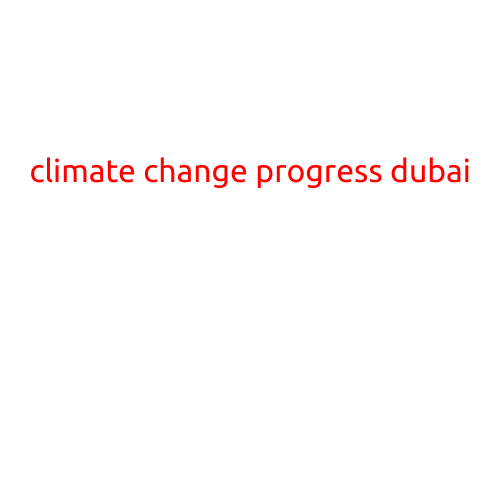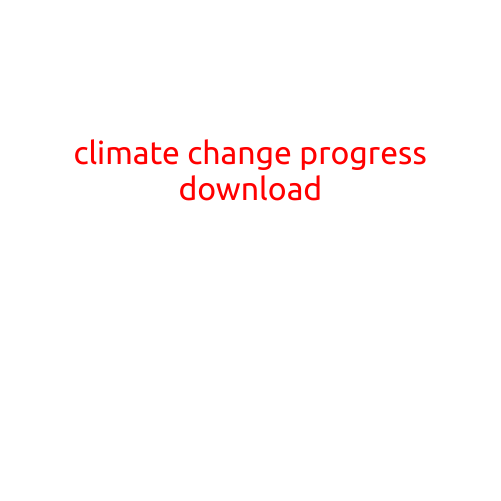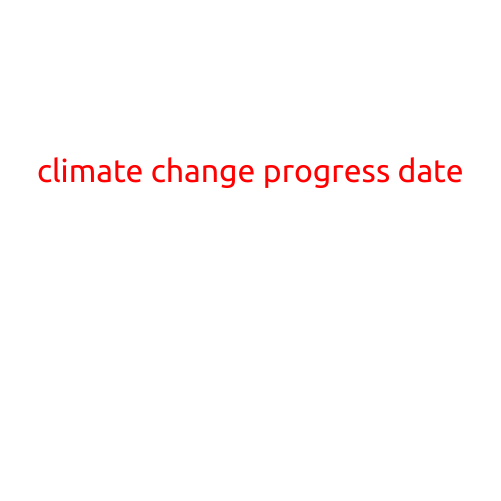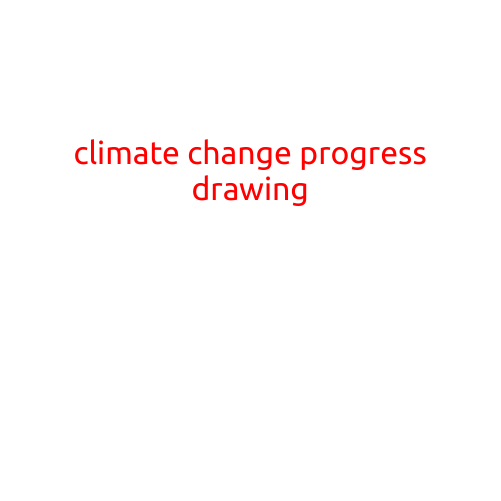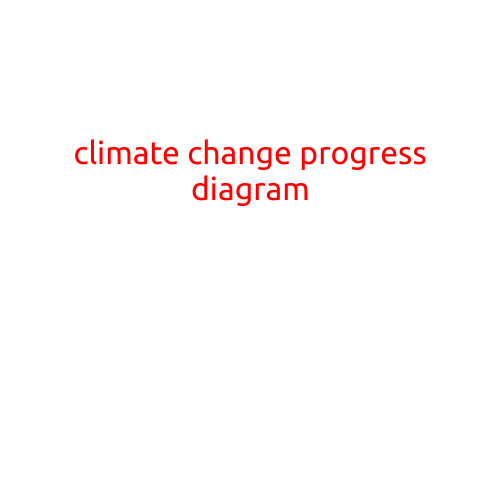
Climate Change Progress Diagram: Understanding the Journey to Mitigation and Adaptation
As the world grapples with the existential threat of climate change, it’s essential to track the progress made in addressing this pressing issue. A Climate Change Progress Diagram provides a visual representation of the journey we’ve taken so far, highlighting the successes and challenges we’ve encountered. In this article, we’ll delve into the diagram and explore the key milestones, setbacks, and prospects for the future.
The Current State: Assessing the Climate Crisis
Let’s start with the harsh reality. The past four decades have been the warmest on record, with 2020 being the hottest year globally. Climate-related disasters have increased by 50% since the 1980s, resulting in significant economic losses, displaced populations, and loss of life.
The Roadmap to Mitigation and Adaptation
Our Climate Change Progress Diagram is divided into four sections:
1970s-1990s: The Early Years The 1970s and 1990s marked the beginning of climate change awareness and research. This period saw the publication of seminal studies, such as the 1979 National Academy of Sciences report, highlighting the potential for human-induced climate change. The 1990s saw the introduction of international agreements, like the United Nations Framework Convention on Climate Change (UNFCCC), which remains pivotal to global climate governance.
2000s-2010s: The Rise of Climate Action The 2000s and 2010s witnessed a significant shift in climate action. The Kyoto Protocol (2005) and the Copenhagen Accord (2009) set important precedents for emission reduction targets and international cooperation. Civil society, Businesses, and governments began to work together, leading to a surge in renewable energy investment and carbon pricing.
2010s-2020s: The Era of Ambition and Progress The 2010s and 2020s have seen significant progress in climate action. The Paris Agreement (2015) represents a major milestone, as nearly 200 countries committed to limiting global warming to well below 2°C above pre-industrial levels and pursuing efforts to limit it to 1.5°C. The rise of international cooperation, including the European Union’s Green Deal and China’s carbon neutrality goal, has accelerated.
2030s and Beyond: The Roadmap to Net-Zero Emissions As we move forward, the focus shifts to achieving net-zero emissions by 2050 or sooner. This requires a coordinated effort to:
- Increase renewable energy deployment
- Electrify transportation and industry
- Carbon capture and utilization
- Promote sustainable land use and conservation
Key Milestones and Setbacks
Our Climate Change Progress Diagram highlights notable achievements and challenges:
- Renewable energy growth: Solar and wind power have become increasingly cost-competitive, with renewable energy capacity reaching 40% of global electricity generation in 2020.
- Emissions reduction: Global carbon emissions stabilize, with a marginal decrease in 2020 due to the pandemic.
- Climate policies: Over 100 countries have set emission reduction targets, while the Green New Deal and European Union’s climate package are promising initiatives.
- COP failures: The Paris Agreement’s lack of ambition and failure to create a robust financing mechanism for developing countries remain significant concerns.
- Loss and damage: Extreme weather events and slow progress on adaptation and loss and damage compensation for vulnerable communities continue to pose significant challenges.
Conclusion: Challenges and Opportunities
Our Climate Change Progress Diagram illustrates the complexities and complexities of addressing climate change. While we’ve made progress, there’s much work ahead to overcome the remaining challenges and achieve our goal of net-zero emissions. By staying informed and committed to action, we can empower ourselves and future generations to rise to the climate challenge.
Recommendations for the Future:
- Strengthen international cooperation: Encourage the implementation of the Paris Agreement and foster meaningful climate governance.
- Scale up climate finance: Increase funding for climate resilience, adaptation, and mitigation projects, particularly in developing countries.
- Promote sustainable development: Foster sustainable consumption patterns, sustainable infrastructure development, and green industry growth.
- Support climate education and awareness: Educate policymakers, businesses, and individuals about climate change and its impacts, encouraging proactive solutions.
By working collectively and staying committed to our climate goals, we can look forward to a more resilient, sustainable future.
